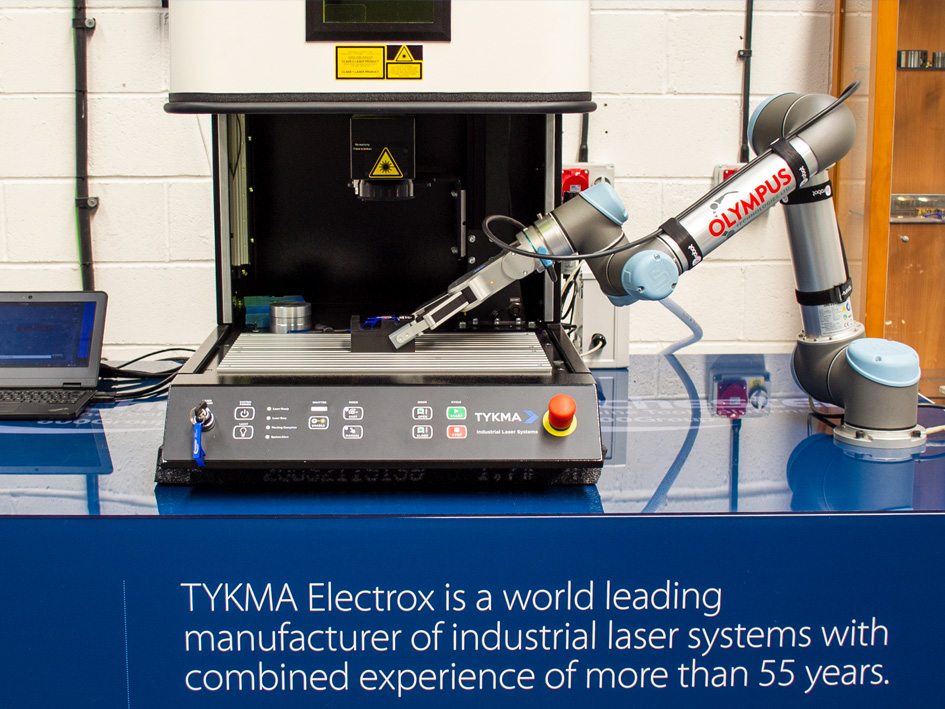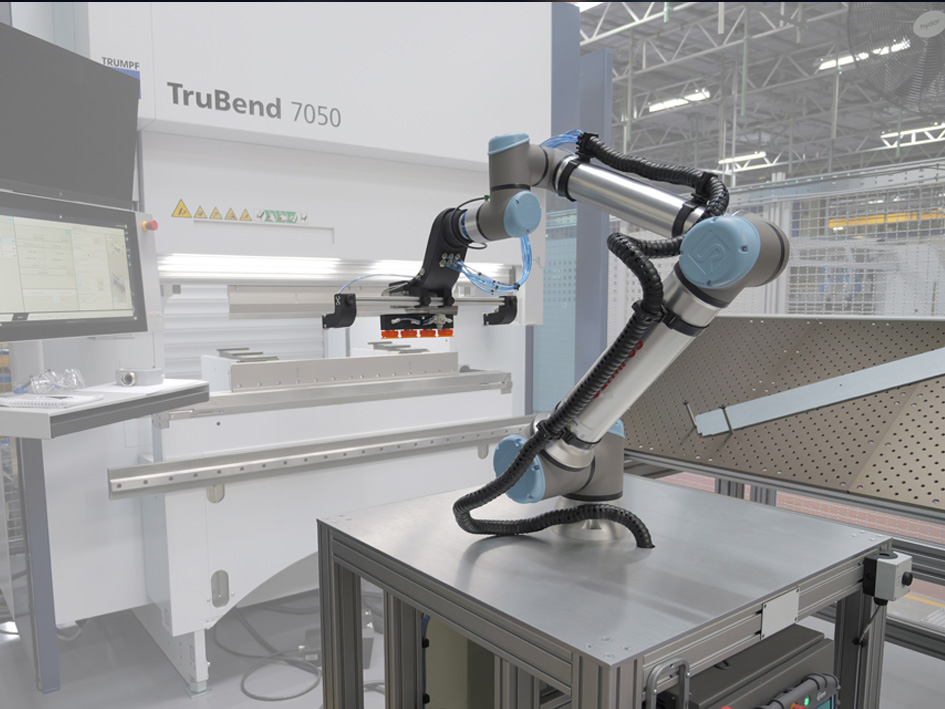Streamlining Material Handling with Robotic Dispensing
Automated material handling systems have become a key part of modern manufacturing. Among these, robotic systems stand out for their ability to deliver speed, accuracy, and long-term consistency. Integrating automation solutions like robotic dispensing not only reduces manual handling, but also optimizes every stage of the dispensing process.
Understanding Robotic Dispensing in Material Handling
What Is Robotic Dispensing?
Robotic dispensing uses collaborative robots, industrial robots or linear robots to apply bulk materials or chemicals with pinpoint control. These systems are directly tied to reducing dispensing errors and improving product quality. Whether applying adhesives, working with hazardous materials, or managing sealants, this technology enhances results across the automotive industry, electronics, and pharmaceuticals.
Core Components of a Robotic Dispensing System
A complete robotic handling setup often includes:
- High-precision dispensing units with programmable control systems
- Conveyor belts or robotic palletizing systems to manage flow
- Real-time feedback loops and sensors for monitoring
Each of these must integrate with your broader material handling strategy to support operational efficiency and industry standards.
Benefits of Robotics in Material Handling Processes
Enhanced Efficiency and Throughput
Replacing manual handling with automated systems reduces cycle times and increases throughput. Tools like automated guided vehicles, smart conveyors, and collaborative robots streamline operations and lower error rates.
Greater Accuracy and Product Quality
Robots deliver the dispensing process with measurable precision, reducing:
- Material waste
- Product variation
- Costly rework or defects
This allows companies to meet high expectations across the supply chain.
Long-Term Cost Savings
While automated systems require upfront investment, the return is clear. Lower labor costs, increased efficiency, and stronger quality make these solutions a sound long-term strategy.
Safety Considerations in Robotic Material Handling
Identifying and Managing Risk
Working with hazardous materials requires proactive risk planning. Conducting a formal assessment helps reduce physical risk and safeguards your facility.
Standard Operating Procedures
Robotic systems must operate under clear standard operating procedures to ensure:
- Equipment is used safely and correctly
- Regular safety checks are performed
- Regulatory compliance remains consistent
Promoting a Culture of Safety Through Training
Well-planned employee training lowers the likelihood of incidents. When people understand the machines and protocols, they are better prepared for successful completion of every task.
Building Workforce Competency
Structured Training for End Users
Your end users need more than technical skills. Training should include basic control interpretation, system diagnostics, and task management. This foundation reduces downtime and improves process oversight.
Ongoing Learning and Development
As technology evolves, regular training ensures your team keeps pace. Refreshers protect both efficiency and product quality over time.
Best Practices for System Integration
Assessing Your Automation Needs
Begin with a review of current material handling processes. Identify gaps caused by manual steps and areas where automation can improve operations.
Phased Implementation and Testing
Start with a pilot project. Test system behavior and make data-informed adjustments. This method lowers risk and sets a foundation for broader deployment.
Continuous Improvement and Monitoring
Use data to track cycle times, errors, and material flow. These metrics guide ongoing improvements and help align your line with changing market needs.
Addressing Common Challenges
Resolving Technical Issues Quickly
Downtime can be costly. Maintain access to rapid support and use a preventive maintenance schedule to keep systems running at full capacity.
Supporting Organisational Change
Implementing automation affects both workflows and staff roles. Open communication helps reduce resistance and encourages adoption of new methods.
Future Trends in Robotic Material Handling
AI and Predictive Control
AI-powered robots are learning to sort, package, and manage diagnostics in real time. Predictive controls also detect wear, helping avoid unexpected downtime.
Human-Robot Collaboration
Collaborative robots allow humans and machines to share tasks. While robots handle repetition or force-intensive jobs, operators manage decisions and quality assurance.
Real-World Examples of Robotic Dispensing
Across the manufacturing space, companies are seeing measurable improvements. For example, automotive plants use robotic palletising to boost speed and reduce defects. Electronics firms use robotic dispensing to apply small volumes without error.
These examples show how smart material handling choices deliver real benefits.
Conclusion: Automation as a Strategic Advantage
Integrating robotic systems into material handling is more than a tech upgrade—it’s a business move. With a strong focus on training, safety considerations, and ongoing process review, companies can reduce manual handling, improve consistency, and gain a lasting advantage in the market.
FAQs
What are the top material handling tips for robotic dispensing success?
Start with a full evaluation of your current material handling gaps. Phase your rollout, prioritize employee training, and use performance data to improve your dispensing process.
How do automated material handling systems improve safety?
They reduce human exposure to hazardous materials and lower physical strain. With clear standard operating procedures, your facility becomes a safer, more efficient environment.
What industries benefit most from robotic dispensing systems?
The automotive industry, electronics, and pharmaceuticals benefit the most. These sectors depend on consistent dispensing, fast throughput, and reliable quality.
Why is employee training essential for robotic material handling?
Proper training ensures your team can operate robots, analyse system feedback, and execute tasks accurately. It improves control, lowers errors, and supports long-term success.














